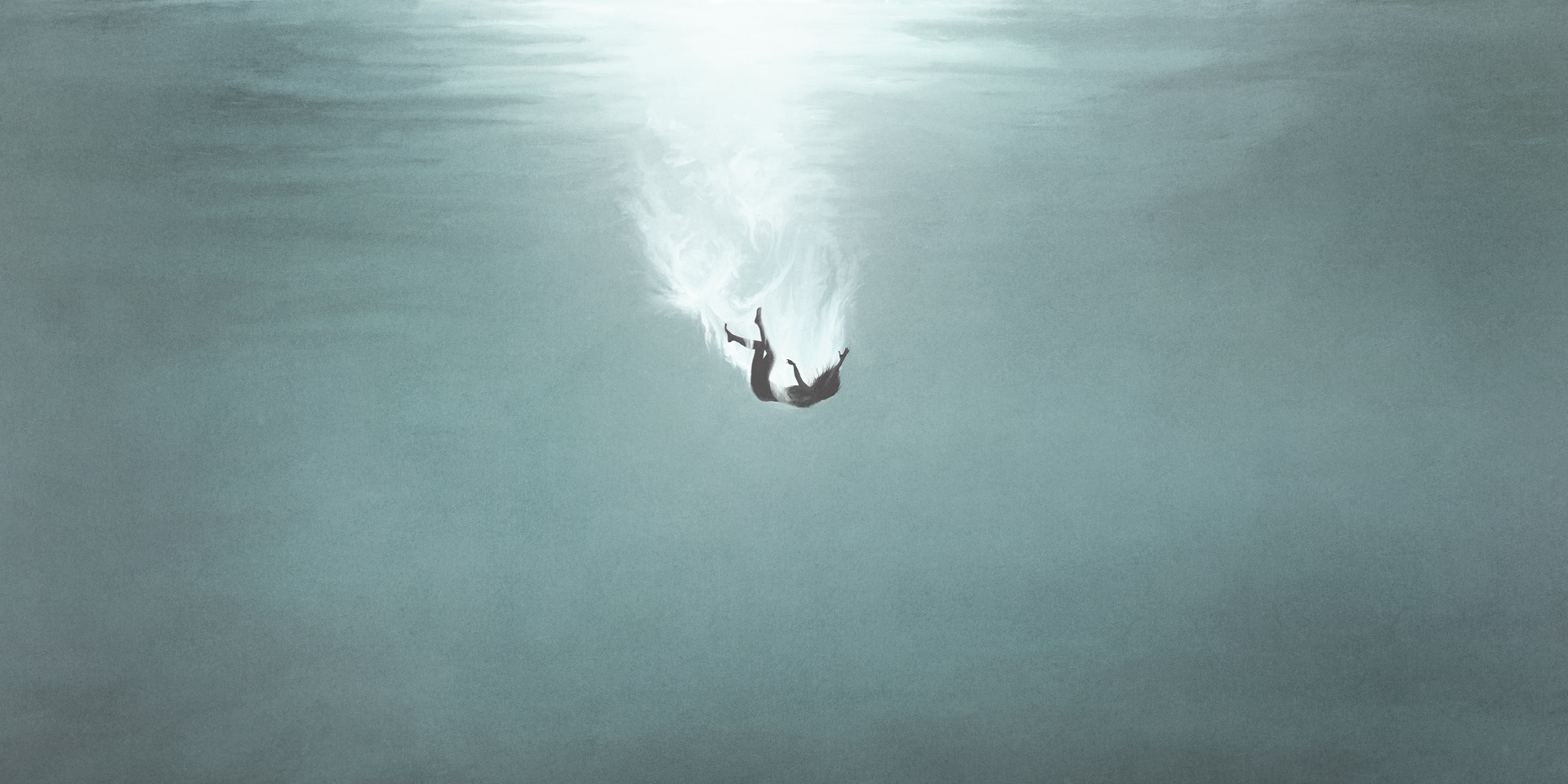I must admit, I was a shy child. Shame is a lesson well learned. However, I don’t know if it is always correctly learned.
Among strangers, I only spoke when asked. As children, we were afraid of doing or saying something inappropriate, given that our parents and grandparents diligently taught us to behave “properly”, to respect everything that was considered auspicious by the world. I can’t say that their overzealousness has not been echoed in adulthood. The idea of not being ridiculed for violating common norms and expectations still haunts me.
Shame and social conventions
Shame is an emotion closely related to one’s self-image, but also a social tool that enables adaptation to the group. The appeal to shame that adults include in educating the little ones has a pragmatic component, aimed at behaviour self-regulation.
Constantly being told that a certain thing should not be said or done, we end up feeling major discomfort if we violate that exhortation. We end up looking at ourselves in an unfavourable light, even in the absence of a person to condemn our boldness from the sidelines.
In order to recognize ourselves as individuals worthy of judgement, we need not only external criticism, but also serious introspection (self-evaluation), accompanied by a real attachment to standards whose defiance evokes a deep feeling of inferiority.
Shame and fear of judgement
Used with caution, the leverage that shame offers to the person sensitive to the opinion of others contributes to the promotion of socially and culturally desirable behaviours (although, ideally, such behaviours should be prompted by an intrinsic, positive motivation, and not by a fear of public humiliation).
However, like a two-sided coin, the human tendency to constantly seek validation and avoid the feeling of shame can lead to extreme situations—like when someone refuses to speak in public or wear a certain outfit for fear of not being labelled as ridiculous.
The shame that ends up censoring intentions and actions is triggered by factors unique to each individual—observations, comparisons, or judgments that make us believe that we are not good, intelligent or beautiful enough.
In these cases, the problem is generalised, the shame being accompanied by stress and followed by one or more defensive responses: the tendency to withdraw, to not cooperate, to internalise excessively. This is where the disconnection from others and the installation of feelings of insufficiency, inadequacy, or anxiety—as well as some negative emotions such as anger or sadness—come in.
Brené Brown, an American author known for her research on shame and vulnerability, says that shame is “the intensely painful feeling or experience of believing that we are flawed and therefore unworthy of love and belonging […]. I don’t believe shame is helpful or productive. In fact, I think shame is much more likely to be the source of destructive, hurtful behaviour than the solution or cure.”
Shame and vulnerability
Speaking about how shame operates, we must also take into account the relative nature of internalised norms. As children, we are the mirror of our primary caregivers, automatically integrating their beliefs, values, and habits. In adulthood, it is difficult to abandon stereotypes accumulated through socialisation, even when they raise barriers to development.
For instance, many of us were taught by our parents that it is shameful to contradict teachers or express our ideas freely, a teaching that today could encourage us to adopt a humble position before people in authority, to practice a forced “obedience”, for the sake of keeping up appearances.
Some people are immune to doses of shame delivered by society or their family of origin (however, the inability to feel shame is usually interpreted as a sign of immorality), while others suffer more than average because of shame.
Studies show that women and teenagers feel shame more intensely than men do.
Differences also appear between middle-aged people and seniors. After they stop being teenagers, a period in which identity is formed, people become more resistant to the pressure of conforming to the norms. Later, however, the general decline to which we are subjected through the ageing process compromises our self-image, making us aware of our own weaknesses and the way they are viewed by others.
Shame and guilt
In addition to being correlated with low self-esteem, shame is also associated with conditions such as depression, social anxiety, or eating disorders. Sometimes, it hides abuse towards oneself or others, facilitating the emergence of relationships that lack balance and harmony.
In other situations, shame leads to guilt, or is even confused with it—all the more easily since both emotions are generally installed against the background of self-awareness, introspection, and self-criticism. From a certain point onwards, however, the two begin to differ.
While shame condemns the person (“I’m the worst, I didn’t make it to work on time”), guilt condemns the behaviour (“I was late and hindered my colleagues”). Shame denounces the discrepancy between the ideal self and the actual self, and guilt implies negative evaluations from a moral point of view: people do not feel guilty if they have physical flaws or a disability, but they feel ashamed of these aspects.
The differences are also reflected in the approach. Guilt motivates us to take action to right the wrong done, brings us closer to those we have wronged, and increases empathy, while severe shame tends to block interpersonal relationships and prevent successful management of potentially threatening social situations. This results, to a greater extent than guilt, from public exposure that makes us vulnerable to people’s value judgments.
Shame and interpersonal relationships
In a couple’s relationship, shame can appear through contagion. Out of a desire to hide their complexes, some people project a distorted image onto their partner, which the latter accepts, feeling inferior and ashamed because of that wrong perspective.
Parents can also influence their children to experience feelings of humiliation similar to shame by publicly adopting behaviours that the little ones disapprove of (or vice versa). When the emotion is of moderate intensity, it is rather identified as embarrassment or awkwardness, both of which are easily counteracted by self-irony and humour.
“Shame can last a short time or it can be an essential experience of the self. […] A life lived under the sign of shame can be painful and difficult because it prevents people from fulfilling their basic needs, such as maintaining a positive self-esteem and hope for the future. It can interfere with social life, with friendships and intimate relationships. It can affect efficiency and productivity,” says Oana Calnegru, psychologist and psychotherapist, for the Psychology Page.
Working its way in from the outside, to then take the reverse route, shame tends to become a strongly self-critical voice, which keeps us down in the gloom of generalised fears. This brings with it dysfunctional relationship models, destroys the sense of belonging, and transforms negative attributes into a label permanently attached to one’s own person.
Acknowledging shame and what triggers it, being aware of the social pressure constantly exerted on us, and verbalising our burdensome feelings are some of the ways we can free ourselves from its toxic effects.
Genia Ruscu talks about the dual character of shame, which shapes social behaviour but also creates serious problems, reinforcing our belief that we are not valuable enough in our own eyes and in those of people around us.



















